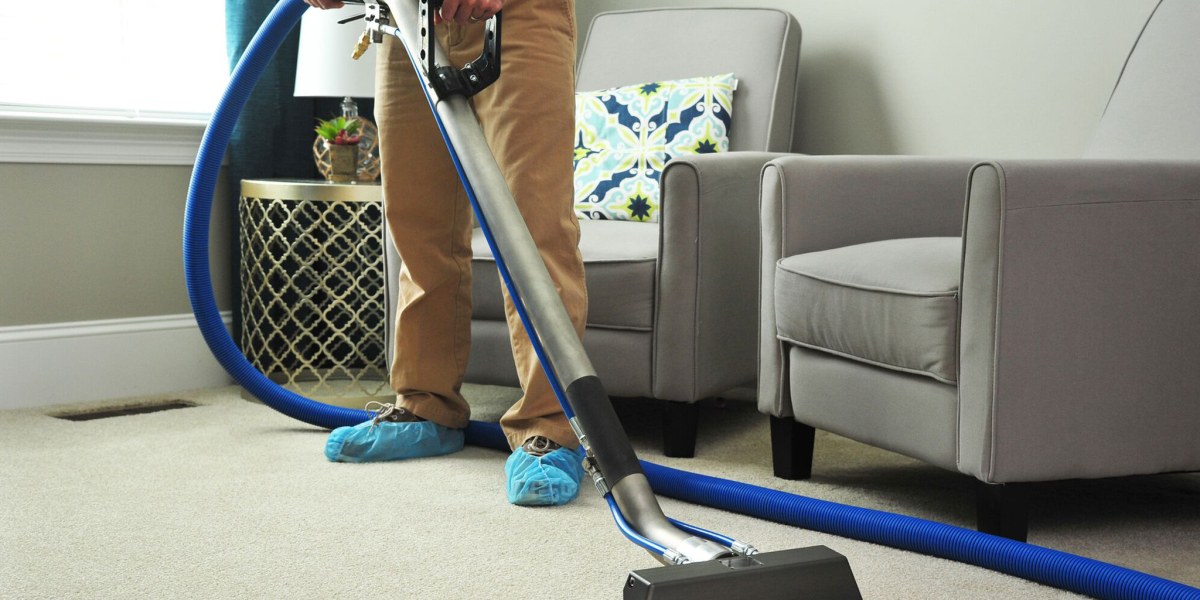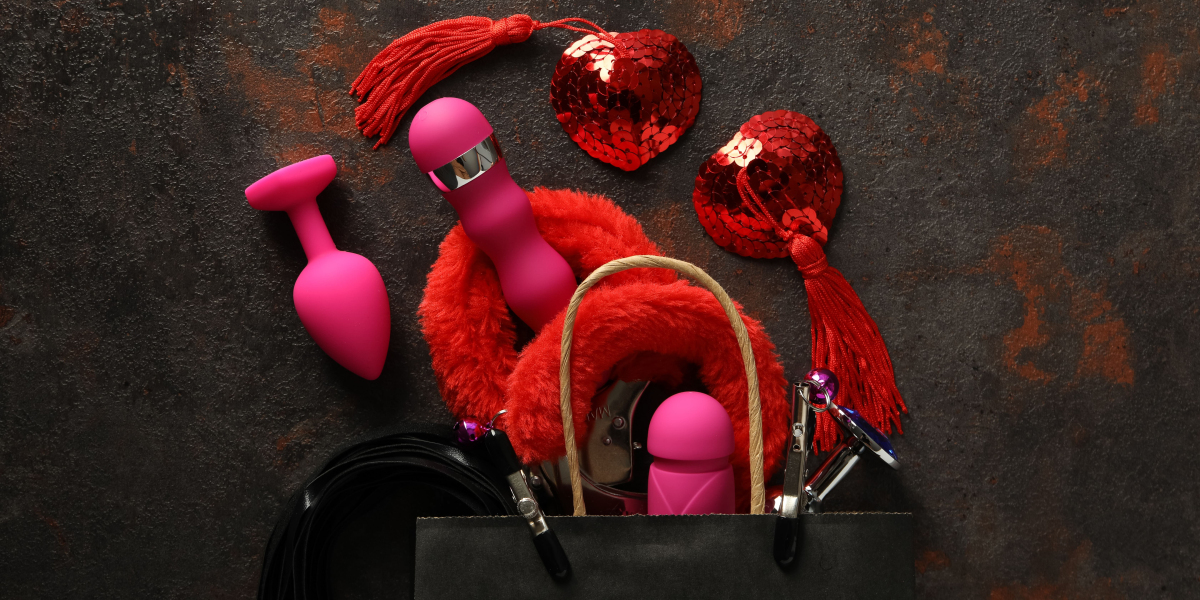Digital image integrity is essential in fields like forensics, law enforcement, and scientific research. Two of the most critical techniques used to enhance the accuracy of visual evidence are lens correction and camera calibration. These methods help remove distortions, correct perspective, and ensure image data represents the real-world environment as accurately as possible.
In this blog, we'll break down what lens correction and camera calibration are, how they work, and why they’re vital to any serious digital imaging workflow.
What Is Lens Correction?
Understanding Lens Distortion
All camera lenses introduce some degree of distortion, especially wide-angle lenses. This distortion can lead to bent lines, inaccurate measurements, and misleading perspectives. Common types of distortion include:
Barrel Distortion: Lines bulge outward from the center.
Pincushion Distortion: Lines bend inward toward the center.
Mustache Distortion: A mix of both barrel and pincushion patterns.
Why Lens Correction Matters
Lens correction is the process of digitally reversing these distortions to achieve an image that accurately reflects the scene. Corrected images are crucial in forensics where even slight geometric inaccuracies can result in faulty analysis or interpretation of visual evidence.
The Role of Camera Calibration
What Is Camera Calibration?
Camera calibration is the mathematical process of determining a camera’s intrinsic and extrinsic parameters. Intrinsic parameters relate to the camera’s internal optics (like focal length and optical center), while extrinsic parameters define the camera’s position and orientation in space.
Key Steps in Camera Calibration
Capture a Calibration Pattern: Typically a checkerboard or a dot grid.
Image Processing: Use software to detect control points on the pattern.
Calculate Parameters: Derive focal lengths, distortion coefficients, skew, and position.
Refinement: Optimize results through multiple views and validation.
Importance in Real-World Applications
Camera calibration is essential when:
Conducting 3D reconstructions from 2D images.
Measuring distances, angles, or object dimensions in forensic imagery.
Aligning images from different camera viewpoints for comparison or stitching.
When and Why to Use These Techniques Together
Lens correction and camera calibration often go hand in hand. While lens correction fixes image distortion, camera calibration allows for reliable metric analysis of image content. Together, they help ensure that an image isn’t just visually pleasing but also technically accurate—a necessity in digital forensics, surveillance, accident reconstruction, and more.
Real-Life Scenarios Where Accuracy Matters
Crime Scene Analysis: Measuring bullet trajectories or blood spatter angles.
Accident Reconstruction: Understanding spatial relationships between vehicles and objects.
Surveillance Review: Matching features across multiple angles or distorted footage.
Scientific Imaging: Ensuring consistency across multiple imaging systems.
Conclusion
In today's data-driven world, precise image interpretation matters more than ever. Whether you're working in forensics, law, engineering, or any field that relies on visual accuracy, understanding and applying lens correction and camera calibration can be the difference between reliable results and critical errors.
FAQs
Q1: What is the difference between lens correction and camera calibration?
A: Lens correction removes visual distortion from an image, while camera calibration determines the camera’s optical and geometric properties for accurate measurements.
Q2: Do all cameras require calibration?
A: While consumer cameras may not require precise calibration for casual use, forensic and scientific applications demand high accuracy, making calibration essential.
Q3: Is lens correction always automatic?
A: Many modern photo editors offer automatic lens correction, but for professional use, manual or software-based calibration provides more accuracy.
Q4: Can calibration be used on videos?
A: Yes, especially in forensic video analysis. Each frame can benefit from accurate calibration to preserve spatial integrity over time.
Q5: What tools are used for calibration and correction?
A: Specialized software uses control patterns, algorithms, and image data to perform both tasks. These tools often support batch processing and multi-camera setups.








